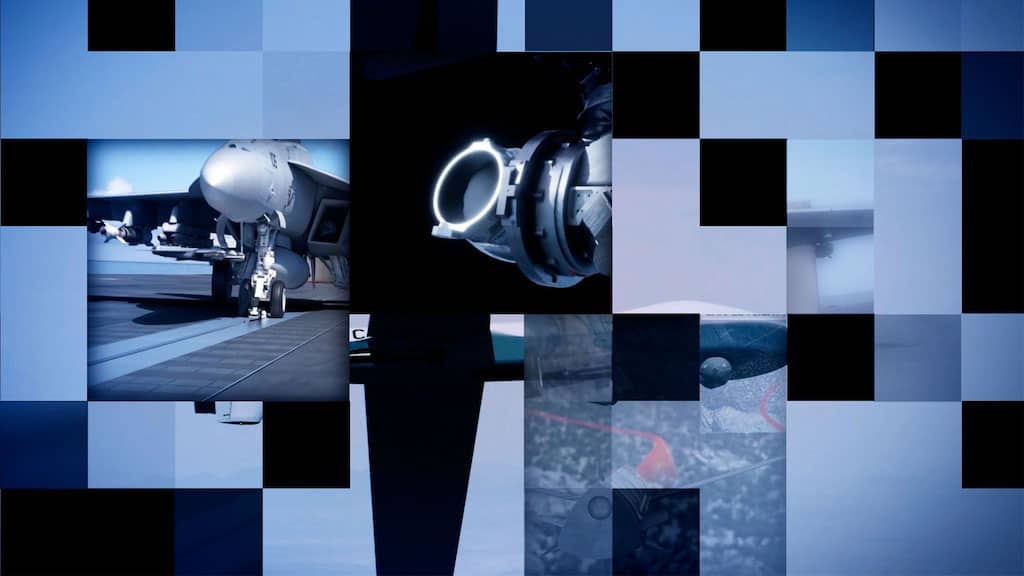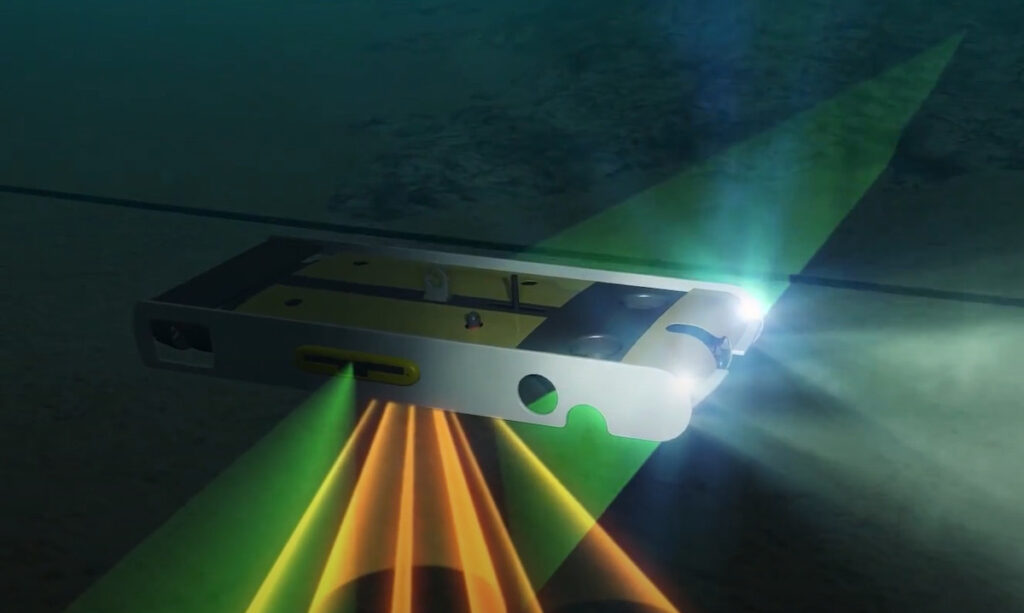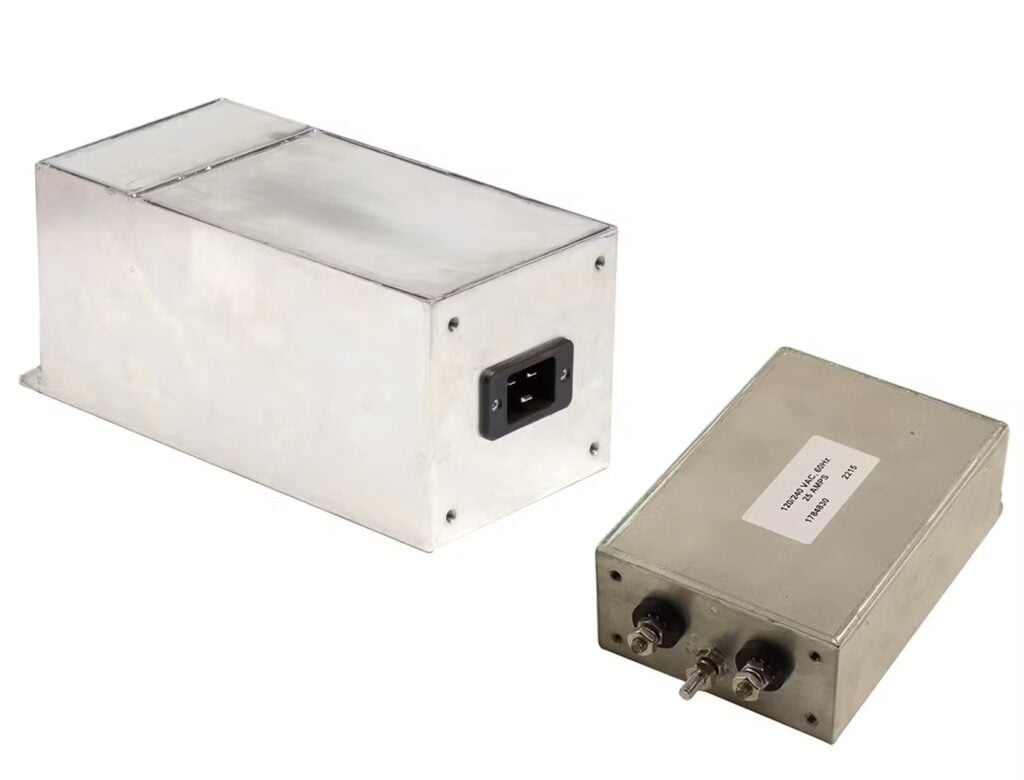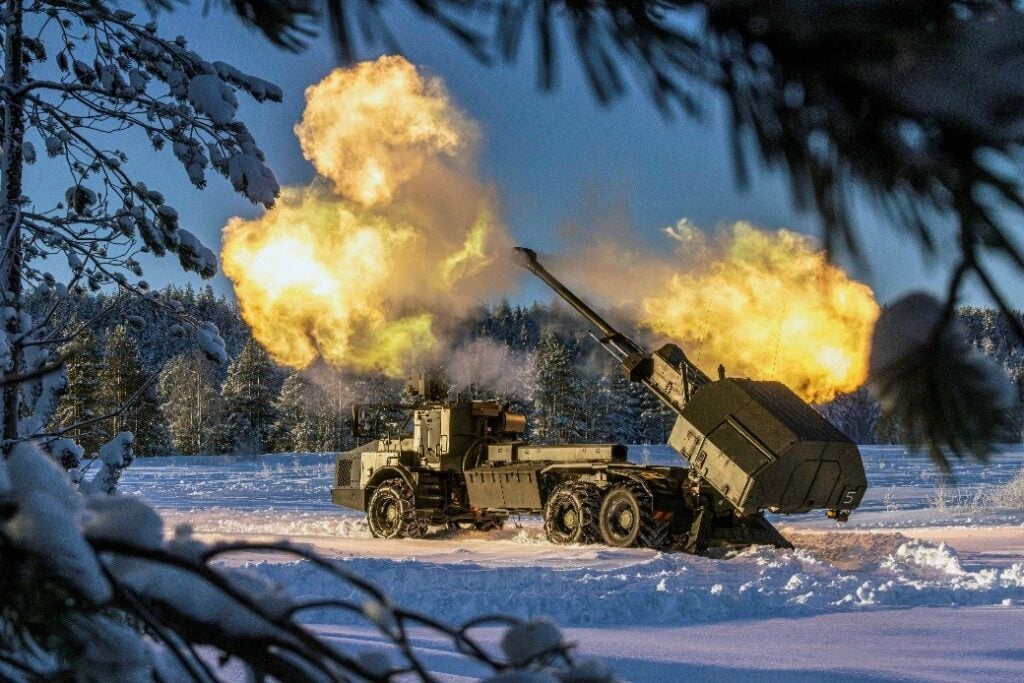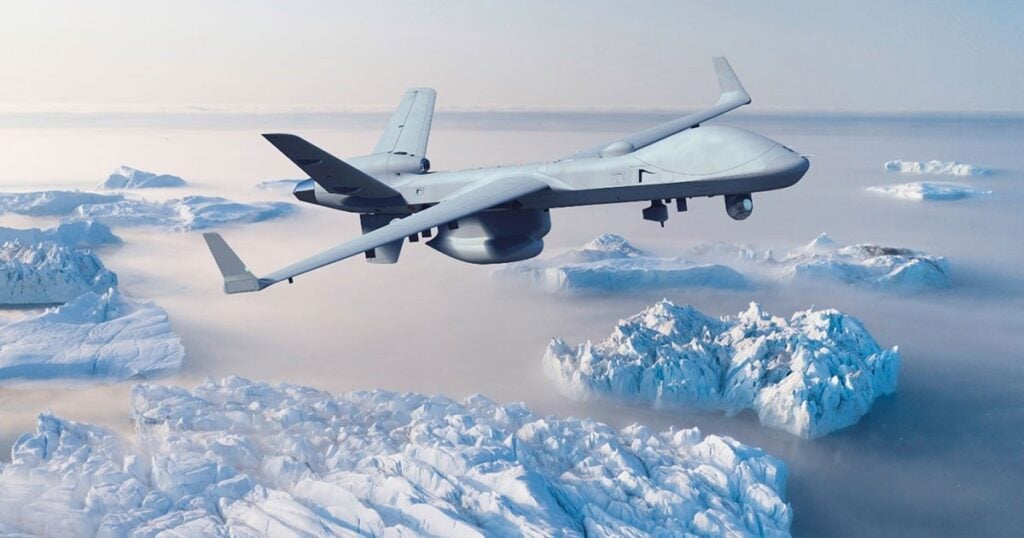
Discover Leading Defense Technology Solutions
Discover cutting-edge solutions from leading global suppliers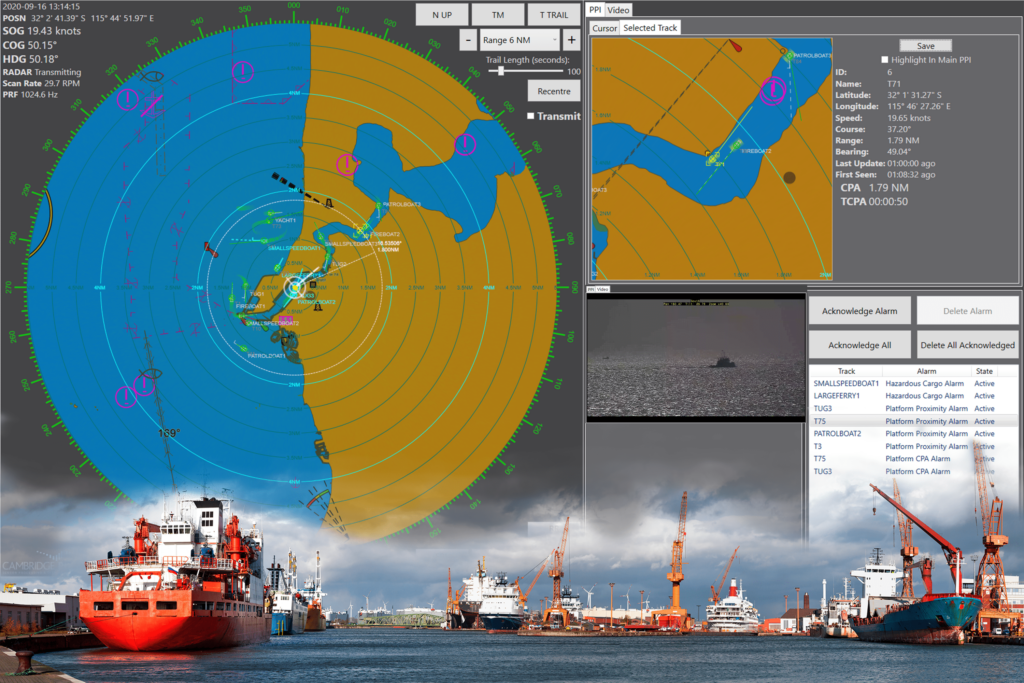
Cambridge Pixel, a developer of radar display, tracking and recording sub-systems, has introduced its Maritime Display Framework (MDF). The out-of-the-box software application, provides a set of core capabilities to enable maritime integrators to accelerate the development of ARPA (automatic radar plotting aid) radar display consoles.
The new software provides a .NET framework, optionally with source code, that can be used as the starting point for a custom ship-based application, providing display of primary radar, radar tracks, electronic navigational charts (S-57/S-63), secondary transponder information, such as AIS and ADS-B, and NMEA navigation data.
The MDF software can receive radar video from a variety of maritime radar sensors including Furuno, Hensoldt, JRC, Koden, Raymarine, Raytheon, Simrad, Sperry and Terma, with control of the radar supported for certain models.
The software supports many display capabilities required in an ARPA display, including bearing lines, range markers, trails and closest point of approach (CPA) and time to CPA (TCPA). Additionally, camera video is supported for situations where a customer requires an integrated radar and camera display for security against piracy and smugglers.
David Johnson, CEO, Cambridge Pixel, said: “Using the MDF framework application with source code, developers can significantly accelerate the time to develop a customer application. The software offers a fully-functional out-of-the-box display application in a development environment so that customised displays can easily be created.”
A marine radar with automatic radar plotting aid (ARPA) capability can create tracks using radar contacts. The system can calculate the tracked object’s course, speed and CPA, thereby knowing if there is a danger of collision with the other ship or landmass. Marine radars with ARPA are used on numerous commercial vessels including cargo ships, passenger ferries, trawlers, superyachts and tankers.
“Our MDF software application provides maritime integrators with a working solution from day one and gives them the freedom to add the bells and whistles later,” said David Johnson. “So rather than a developer starting from scratch with a low-level library of modules, we provide those building blocks as a pre-packaged application to fast-track development.”
The MDF software is compatible with Cambridge Pixel’s radar processing products, such as SPx Server for target tracking and SPx Fusion. A complete ship-based radar processing solution can be provided using standard server applications for radar processing and a customised MDF client application.
The Maritime Display Framework is written in the C# language and is designed for development of a Windows WPF-based client application.
Cambridge Pixel’s radar technology is used in naval, air traffic control, vessel traffic, Electronic Chart Display and Information Systems (ECDIS), commercial shipping, security, surveillance and airborne radar applications.










